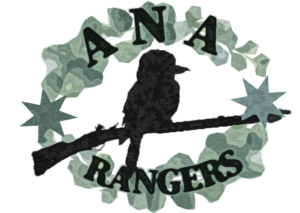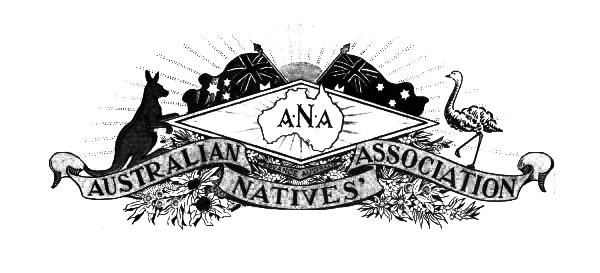
The ANA engages in regular bush-walking, hikes and hunting activities to promote and play a role in the conservation our native Australian flora and fauna. These activities are a team-building exercise which fosters in our membership a close kinship with the soil – The Murrumbidgee & Monaro region has thus-far been our main environmental focus.
The most significant environmental weeds within the region are willows (Salix spp.), which are scattered along the length of the Murrumbidgee River and in some tributaries. They include mature basket willows and weeping willows. Other common weeds present in our area include viper’s bugloss (Echium vulgare) and blackberry (Rubus fruticosus) which are found in more open areas along river banks and on the boundaries with farm land, sweet briars (Rosa rubiginosa) which are scattered along river banks and some farm boundaries, and horehound (Marrubium vulgare).
Serrated tussock (Nassella trichotoma) is also a growing issue and must be controlled to reduce its large effect on the economy, community and environment.
Introduced alien animals are growing in number around the Murrumbidgee & Monaro area including foxes, goats, deer and pigs – these invaders drive out native animal life and damage native plant and animal habitats which are difficult and time-consuming to restore.
The ANA Subscribes to the NSW D.P.I ‘Hunters Code of Practice’
The code is part of the Game and Feral Animal Control Act 2002 and the Game and Feral Animal Control Regulation 2012, and is a legally binding condition of a game hunting licence in NSW. Breaches of the code result in heavy penalties.
The mandatory provisions of the Code of Practice are as follows:
Awareness of relevant legislation
It is your responsibility as a licence holder to be aware of and comply with all relevant legislation relating to hunting, animal welfare and the use of firearms.
Safe handling of firearms
If you are using firearms, you must comply with the rules for safe handling, set out in the NSW Firearms Safety Awareness handbook, at all times.
Permission required to enter land
Your licence does not automatically authorise you to hunt on any land. You must not hunt on any land unless you hold the express authority (permission) of the landowner.
Target identification and safety
You must not fire at a game or pest animal unless it can be clearly seen and identified. The shot taken must not pose any discernible risk of injury to any person or damage to any property.
Obligation to avoid suffering
An animal being hunted must not be inflicted with unnecessary pain. To achieve a humane death, you must:
- target the animal so that a humane kill is likely
- shoot within the reasonably accepted killing range of the firearm, ammunition or bow
- always use hunting equipment (firearm and ammunition, bow and arrow), that can be reasonably expected to humanely kill the animal you are targeting.
Lactating female with dependent young
If you harvest a lactating female, every reasonable effort must be made to locate and kill any dependent young.
Wounded animals
If an animal is wounded, you must take all reasonable steps to locate it so that it can be killed quickly and humanely.
Use of dogs
Dogs and other animals may be used by you while hunting, but only if:
- their use is not in contravention to the Prevention of Cruelty to Animals Act 1979
- their use is with the permission of the occupier of the land concerned.

